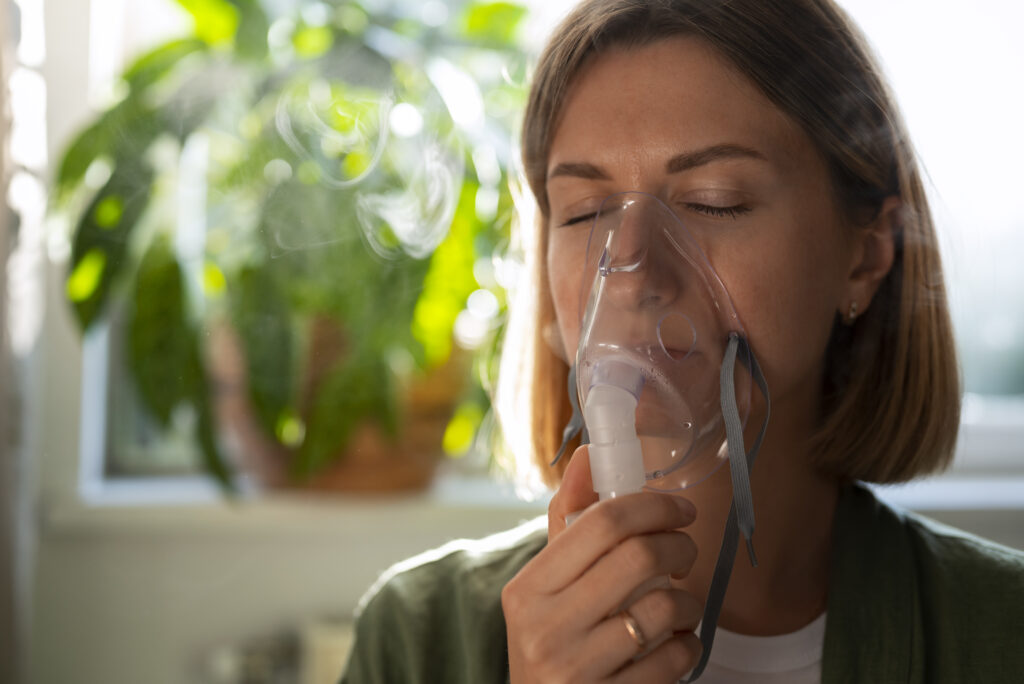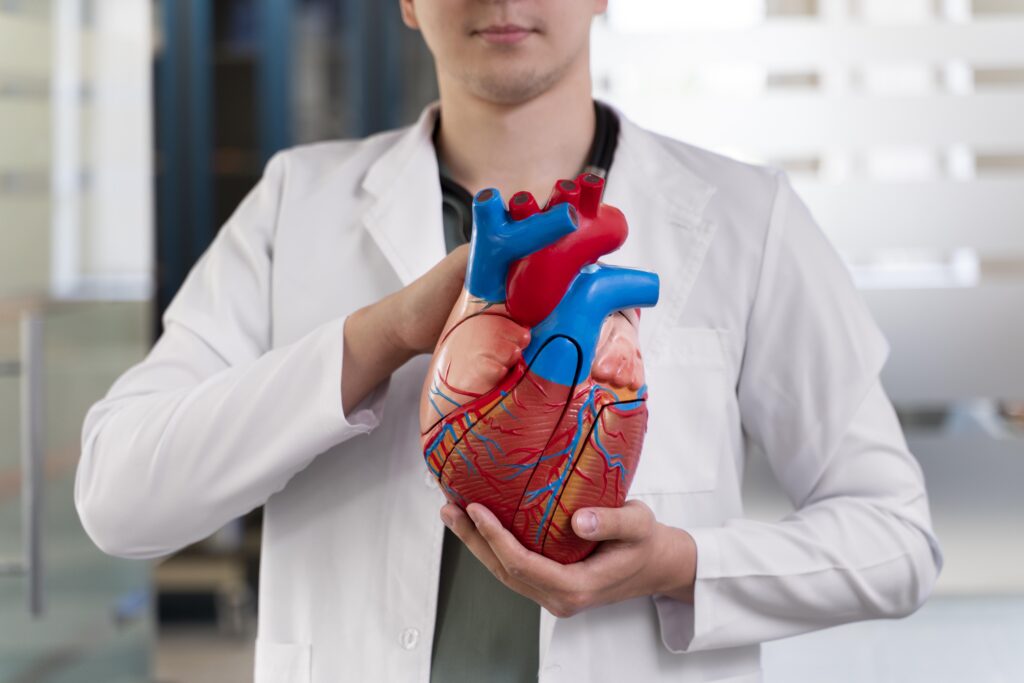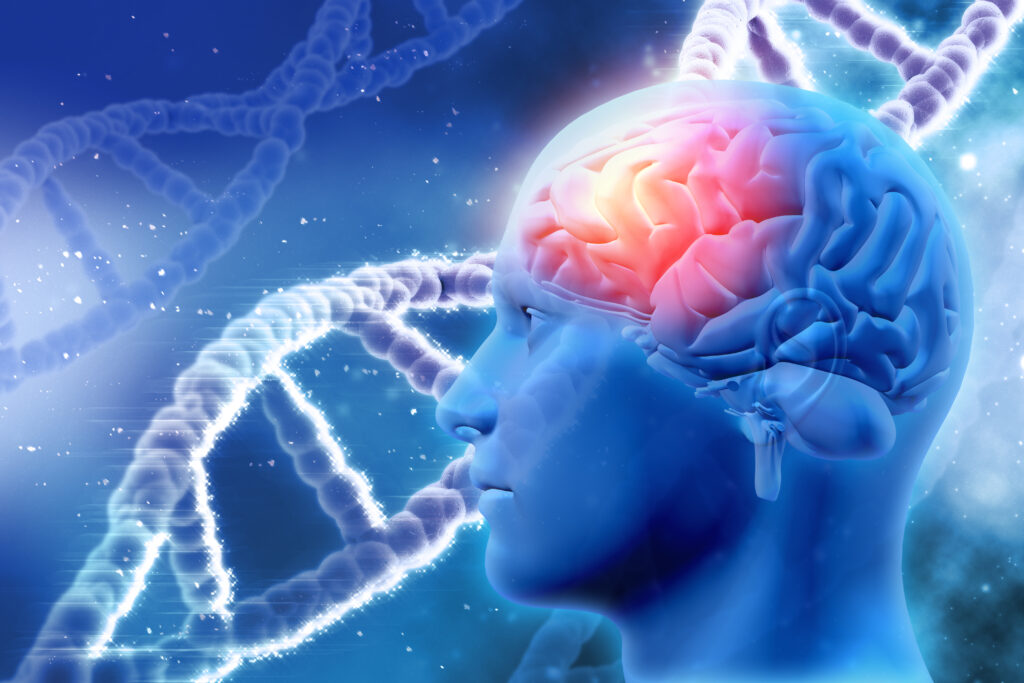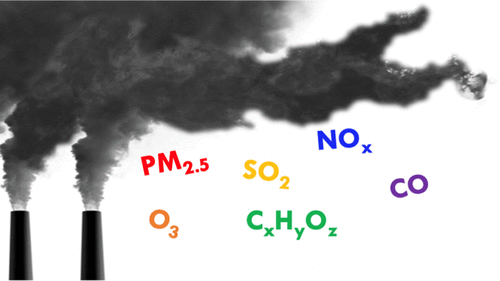The Impact of Air Pollution on Health
I. Introduction to Air Pollution and Health Impact
Air pollution is a universal and challenging environmental issue that has serious implications for human health. As societies continue to industrialize and urbanize, the release of pollutants into the atmosphere has increased, leading to widespread health concerns. This article aims to find the complicated relationship between air pollution and human health. It investigates into the mechanisms of impact, the specific health risks associated with various pollutants, and it also investigates the possible remedies to lessen these adverse effects.
II. Mechanisms of Health Impact

A. Inhalation and Respiratory System Effects

The respiratory system serves as the primary gateway for airborne pollutants to enter the human body. Particulate matter (PM), nitrogen dioxide (NO2), sulphur dioxide (SO2), and ozone (O3) are among the common outdoor air pollutants that can be inhaled, initiating a cascade of health effects. Particulate matter, especially the fine particles (PM2.5), can bypass the body’s defence mechanisms and penetrate deep into the lungs, leading to inflammation and respiratory suffering. Long-term exposure to these particles is associated with the development and aggravation of respiratory conditions such as asthma, bronchitis, and chronic obstructive pulmonary disease (COPD).
B. Cardiovascular System Effects

Beyond the respiratory system, air pollution also impacts the heart system. Inhaled pollutants can enter the bloodstream, activating provocative responses and contributing to the development of cardiovascular diseases. Numerous studies have linked air pollution to an increased risk of heart attacks, strokes, and other cardiovascular events. The long-term consequences of cardiovascular damage from air pollution highlight the need for complete plans to address this issue.
C. Neurological and Developmental Effects

Recent research has increased our understanding of air pollution’s impact on the nervous system. Fine particulate matter, once inhaled, has the potential to reach the brain, leading to neuroinflammation and an increased risk of neurodegenerative diseases. Prenatal exposure to air pollution has also been associated with adverse outcomes, including low birth weight and developmental issues in children. These neurological and developmental effects highlight the far-reaching consequences of air pollution beyond the respiratory and cardiovascular systems.
III. Health Risks of Specific Pollutants

A. Particulate Matter (PM)
Particulate matter is a complex mixture of microscopic particles suspended in the air. Classified based on size, PM2.5 and PM10 represent particles with diameters of 2.5 and 10 micrometers, respectively. The ability of these particles to penetrate deep into the respiratory system makes them particularly hazardous. PM is derived from various sources, including vehicle emissions, industrial processes, and natural sources like wildfires. The health risks associated with PM are diverse, ranging from respiratory and cardiovascular issues to long-term complications such as cancer.
B. Nitrogen Dioxide (NO2)
Nitrogen dioxide is a gas primarily produced by combustion processes, particularly in vehicles and industrial activities. Prolonged exposure to NO2 can irritate the respiratory system, exacerbate asthma symptoms, and increase susceptibility to respiratory infections. The correlation between NO2 levels and respiratory health underscores the importance of addressing vehicular emissions and industrial sources to reduce this pollutant’s impact on public health.
C. Sulphur Dioxide (SO2)
Sulphur dioxide is a gas released during the combustion of fossil fuels containing sulfur, such as coal and oil. Inhalation of SO2 can lead to respiratory issues, aggravate existing respiratory conditions, and contribute to the formation of acid rain. The impact of SO2 extends beyond individual health concerns, affecting ecosystems and air quality on a broader scale. Strategies to mitigate sulfur dioxide emissions involve transitioning to cleaner energy sources and implementing advanced technologies in industrial processes.
D. Ozone (O3)
Ground-level ozone, a major component of pollution, forms when pollutants from vehicles, industrial activities, and other sources undergo chemical reactions in the presence of sunlight. While ozone plays a crucial role in the Earth’s upper atmosphere by protecting against ultraviolet radiation, ground-level ozone can cause respiratory problems. Exposure to ozone can result in coughing, throat irritation, and reduced lung function. Long-term exposure may contribute to the development of chronic respiratory diseases, emphasizing the importance of addressing the sources and contributing factors leading to elevated ground-level ozone.
IV. Remedies and Mitigation Strategies

Effectively addressing air pollution requires a complete and combined approach, involving supervisory measures, technological advancements, urban planning, and specific actions.
A. Regulatory Measures

Governments play an essential role in reducing air pollution by implementing and enforcing air quality standards. Establishing and regularly updating these standards help limit emissions from various sources, including industries and vehicles. Strong monitoring systems are essential for tracking air quality, and stringent enforcement of emission standards is crucial for holding polluters accountable. Additionally, international collaboration is necessary to address global air pollution, recognizing that air quality issues often exceed national borders.
B. Technological Advancements

Advancements in technology play a serious role in reducing emissions and improving air quality. The development and widespread adoption of cleaner technologies, such as electric vehicles, renewable energy sources, and sustainable industrial processes, contribute significantly to minimizing the release of pollutants into the atmosphere. Governments and industries must invest in research and development to hasten the changeover to cleaner technologies, thereby addressing the root causes of air pollution.
C. Urban Planning and Green Spaces

Urban planning strategies can pointedly influence air quality. Designing cities with an emphasis on public transportation, walking, and cycling can reduce the dependence on individual vehicles, thus decreasing vehicular emissions. Mixing green spaces into urban environments is another effective strategy. Trees and plants act as natural air purifiers, absorbing pollutants and providing beautiful and recreational benefits to residents. Green urban spaces contribute to overall well-being while reducing the impacts of air pollution.
D. Public Awareness and Individual Actions

Public awareness is an important issue of any successful air pollution control plan. Educating the public about the health risks related with air pollution creates a sense of responsibility and encourages individual actions. Individuals can contribute by implementing sustainable practices in their daily lives, such as using public transportation, carpooling, reducing energy consumption, and supporting for cleaner air policies. Moreover, promoting cleaner domestic technologies, such as energy-efficient appliances and clean cooking methods, can improve indoor air quality. And it addresses an important feature of overall air pollution exposure.
V. Conclusion
In conclusion, air pollution is a complicated challenge with far-reaching consequences for human health. The complex relationship between various pollutants and their mechanisms of impact necessitates a comprehensive and collaborative approach to reduce the air pollution. Regulatory measures, technological advancements, urban planning strategies, and individual actions collectively form a strong basis for addressing air pollution and nurturing a healthier environment. Prioritizing clean air initiatives is not only essential for public health but also a critical step towards building sustainable, flexible communities. As we cross the complexities of industrialization and urbanization, a concerted effort from governments, industries, and individuals is necessary to ensure a breathable and healthy future for generations to come.
